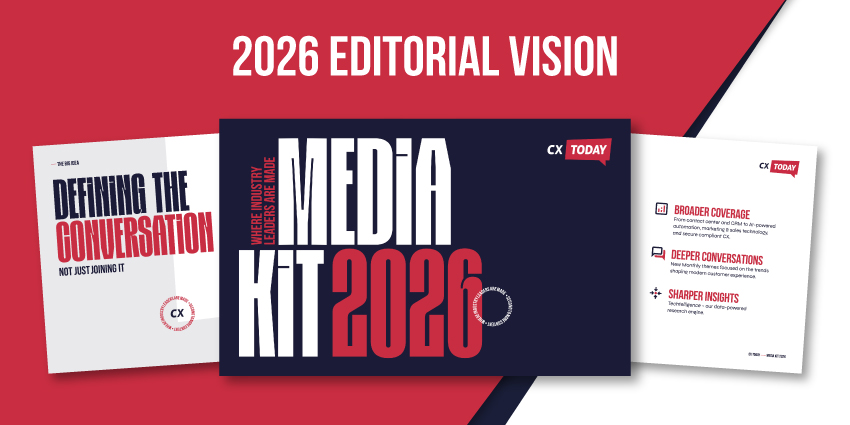The days of planning teams working in isolation are over. Workforce Management (WFM) is now a team sport.
No longer can planners work alone, treating schedules like a game of Tetris, squashing agents into gaps to fit forecasted demand as neatly as possible. WFM teams must evolve their approach. As Gayathri Krishnamurthy, Associate Vice President of Product Marketing at RingCentral, says:
“WFM must balance efficiency with human behaviours”
By working closely with operations and agents, planners can not only understand these human behaviors but unlock further benefits through collaboration. Here is how to get started.
Align WFM with Operations
“WFM implementation is the easiest part. What is not so easy is winning the hearts and minds of the operation,” says Doug Casterton, a leading resource planning expert.
Indeed, engaging operations at every level of WFM – including budgeting, capacity planning, and intraday management – is no simple task. However, building shared accountability is crucial.
Such accountability should stretch across the business strategy. If both domains work towards the same desired outcomes and metrics, operations will grow increasingly invested in the aims of the planning team. They will understand how WFM metrics, such as service level, link to wider goals, such as boosting engagement, customer satisfaction, and profitability rates.
If the planning team achieves this, when they wish to enhance part of the WFM strategy, that then becomes an activity that everyone wants to engage in. Leaders from across the contact center will understand the potential positive impact on mutual goals.
Engage Agents in WFM
With leaders onside, start connecting agents with the WFM mission. To begin, move away from a “computer says no” philosophy. Find creative solutions to urgent, last-minute scheduling requests and build goodwill. As a result, agents are likely to be more willing to provide emergency cover themselves in the future.
Next, ensure that agents understand why WFM rules are often so rigid. For example, try to include “power of one” training as part of the induction process. It ensures that everyone understands why adherence targets are vital to contact center success.
A planning forum is an excellent way to kickstart such agent communication. Such a setting will also help to uncover agent frustrations with WFM. These may include a lack of notice regarding schedules, limited shift-swap opportunities, and supposed unfairness within shift patterns.
Yet, these frustrations are frequently unavoidable. If this is indeed the case, clearly explain why to temper agent reactions when a future schedule disappoints them.
Luckily, most agent irritations are actionable. Use them to revitalize the planning process. Then, communicate changes so that agents recognize that the WFM team listens to them. Of course, such a process is often strenuous. WFM software, however, strips away the difficulty.
Harness WFM Technology
WFM systems pave the way for better planning. Contact centers can test new models, assess trends, and evaluate metrics to increase forecast accuracy. The result is that schedules better fit demand. Service level and occupancy rates then stay steady, which drives down burn-out rates and increases engagement.
Yet, this is just the beginning. Many more features – which enable shift bidding, diverse shift patterns, and agent dashboards – will push engagement higher.
Most notable, perhaps, is the emergence of WFM mobile apps. Compatible with IOS and Android devices, they provide advisors with complete schedule visibility. With one clear view for planners, managers, and advisors, the team can check their schedule, make time-off requests and swap shifts, all within a single portal.
The WFM team can also streamline scheduling processes, eliminating email to boost efficiency and engagement. Meanwhile, advisors may set shift preferences through the app. If planners meet these, absence and lateness rates will likely plummet.
Finally, these apps also store conversation logs, prioritize requests, and enable agents to update their skills. Each function allows for smoother planning.
Turn to RingCentral WFM
The RingCentral WFM app offers all the functionalities above. However, the opportunity to connect the app with UC excites Krishnamurthy the most.
“Unified communications drives collaboration,” says Krishnamurthy. “It provides the platform for planners to build relationships with agents and teams. They can make announcements, highlight excellent performance, and more. This creates an inclusive culture where people strive to help one another.”
As a leading provider of both Unified Communications for Business and WFM software, RingCentral equips planners to drive collaboration across the contact center.
In doing so, critical business outcomes and metric results gain a seismic boost. Meanwhile, the contact center draws one step closer to the golden culture, which Krishnamurthy infers.







